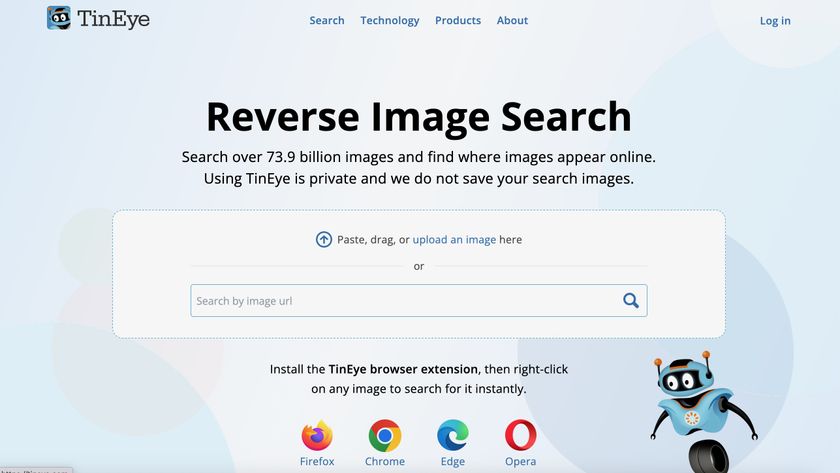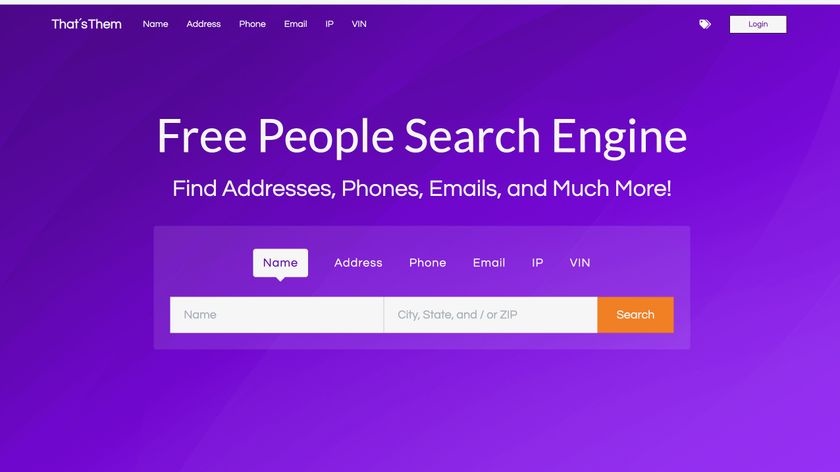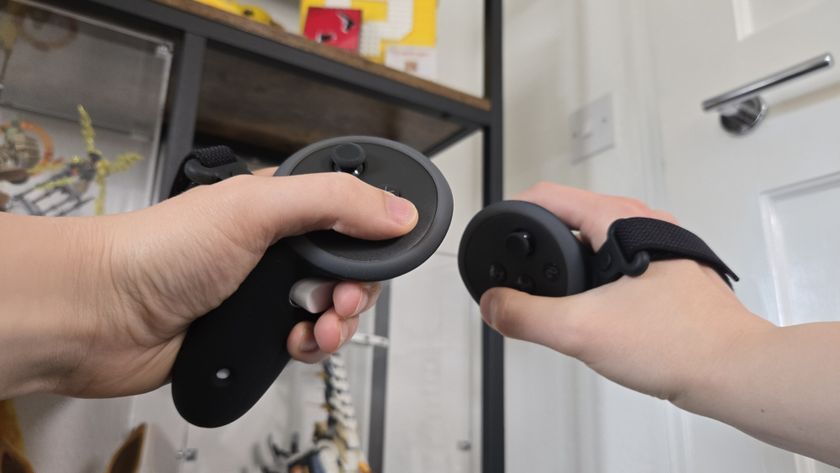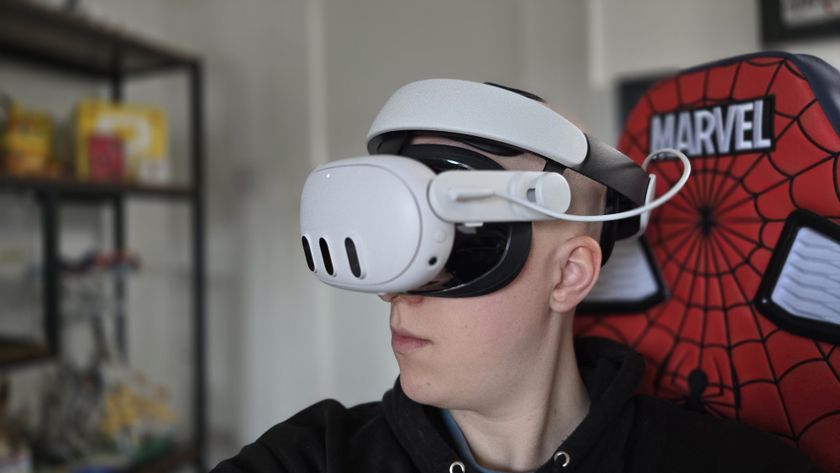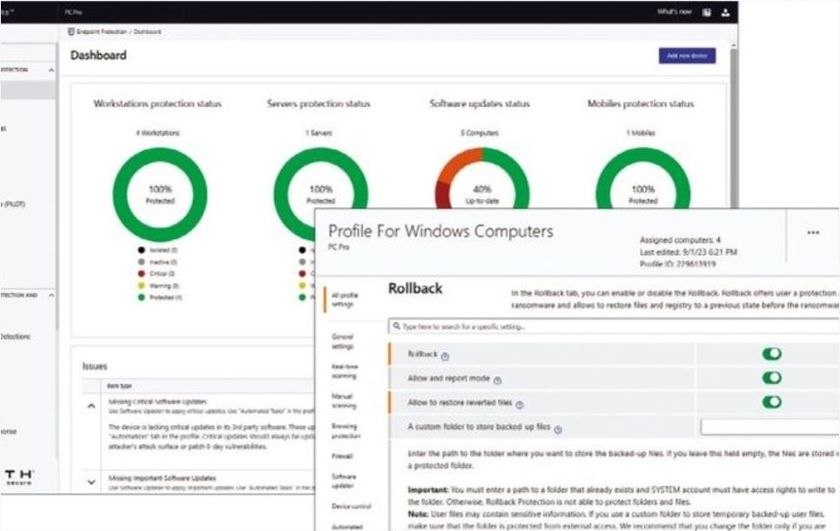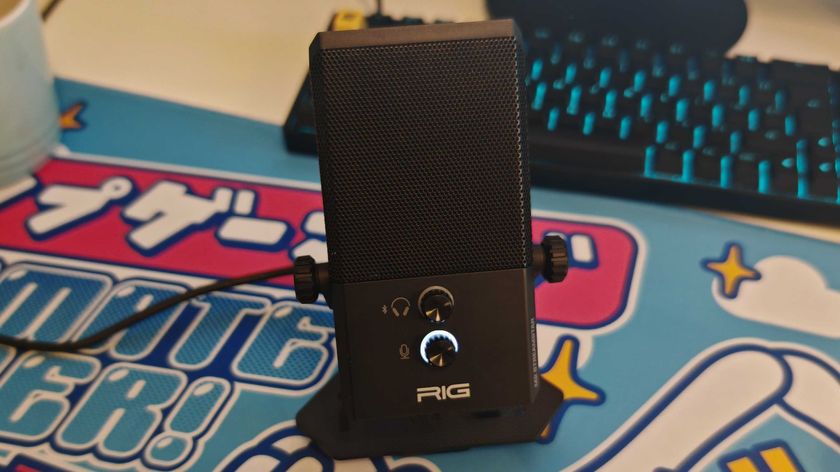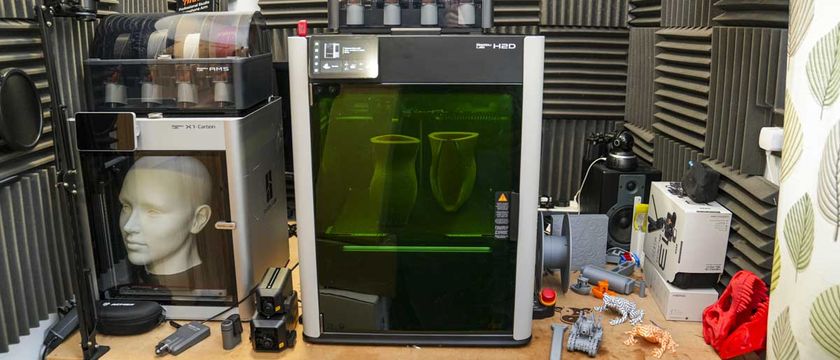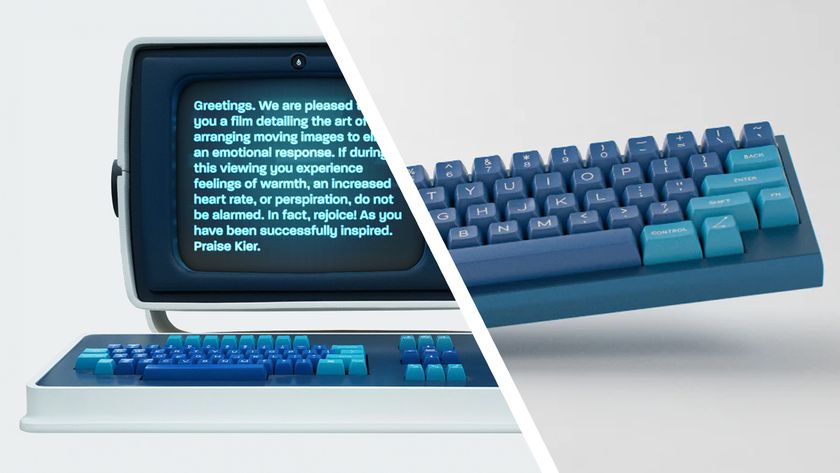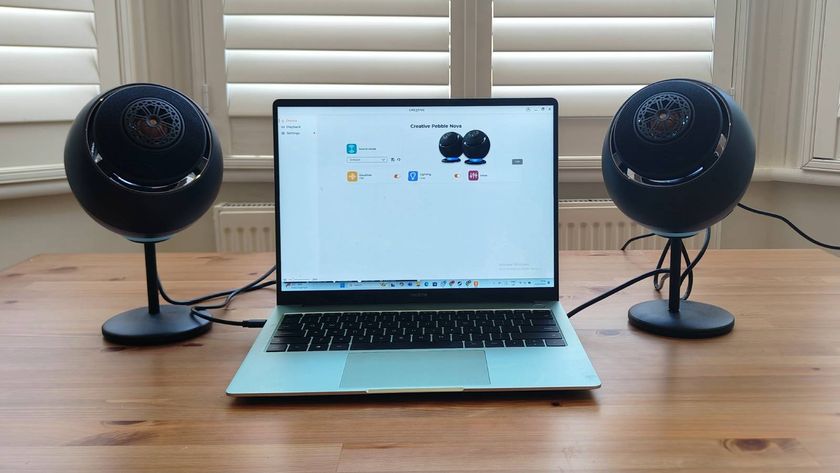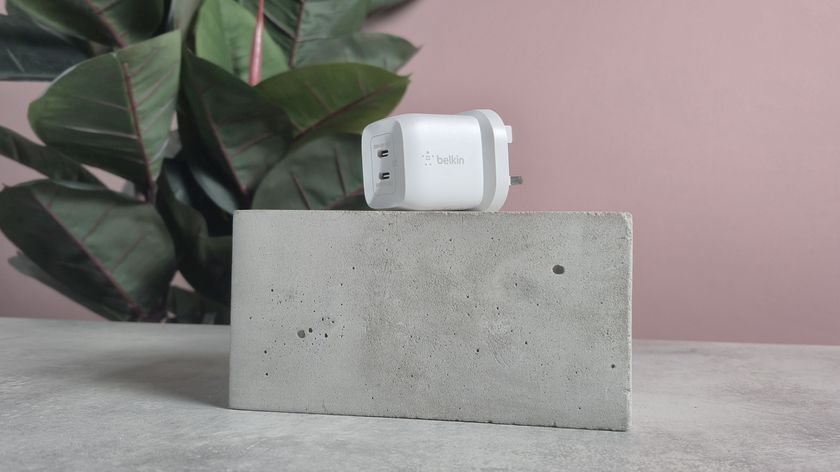TechRadar Verdict
Pros
- +
Manages BlackBerry 10, Android and iOS devices
- +
Secures EAS connections to mail servers
- +
Gives BlackBerrys access to remote file servers
- +
Delivers corporate apps to devices.
Cons
- -
Complex installation
- -
Retains old BES UI
- -
Requires separate server for older BlackBerrys
- -
No high availability support.
Why you can trust TechRadar
A new BlackBerry operating system means a new version of the BlackBerry Enterprise System (BES), the company's security and device management software.
BB10 is a completely new platform and BlackBerry has needed to make significant changes to BES. It starts with the way it's licensed, switching to a per-device licensing model instead of the server-based pricing used by earlier versions.
BES 10 comprises three services: BlackBerry Device Service (BDS), BlackBerry Management Studio (BMS) and Universal Device Service (UDS). If you're only planning on managing BlackBerry devices you'll only need to install the first two, as UDS adds tools for managing Android and iOS devices.
As BDS is only for BlackBerry 10 devices, you'll also need to keep running any existing BES 5 installation to support older BlackBerry devices.
An installation odyssey
One thing we noticed while installing our copy was that the licence keys we were sent didn't match what the software was asking for – or so we initially thought. When entering the Server Routing Protocol (SRP) identifier and authentication key, you have to use the UDS serial number and licence key.
We also encountered an issue with BlackBerry's SRP and the Universal Device Service, which needs to be changed to match the BlackBerry routing information used by the BDS.
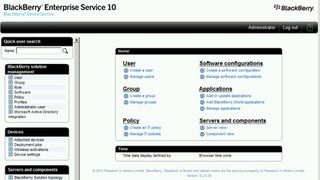
BDS installs its own Apache web server, so you may need to change the ports it uses for HTTP and HTTPS connections during setup if your server is already hosting a web server. You may have to click forward and back a couple of times in the setup app to ensure your chosen ports don't conflict.
The UDS uses IIS, and will also require you to install a certificate for SSL connections to its management website. You can create a self-signed certificate in Internet Information Server (IIS) if you don't want to generate a third party certificate (though there are plenty of free SSL options out there, so creating a certificate needn't be expensive).
Running two web servers on the same system isn't always recommended (and you also need multiple versions of Java); BlackBerry expects most customers to have each component on a separate server or at least in a virtual machine.
One thing to note is that BES 10 won't yet run on Windows Server 2012, and you'll have problems installing the Device Manager components on anything other than Windows Server 2008 R2. That could be an issue for anyone running a modern, high availability data centre and looking to manage BYOD devices more effectively.
Mary (Twitter, Google+, website) started her career at Future Publishing, saw the AOL meltdown first hand the first time around when she ran the AOL UK computing channel, and she's been a freelance tech writer for over a decade. She's used every version of Windows and Office released, and every smartphone too, but she's still looking for the perfect tablet. Yes, she really does have USB earrings.
